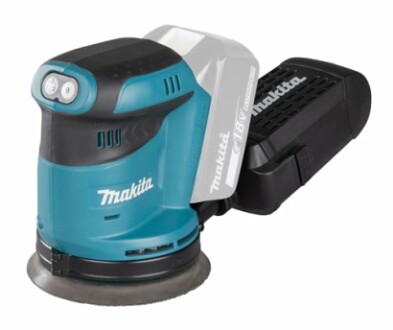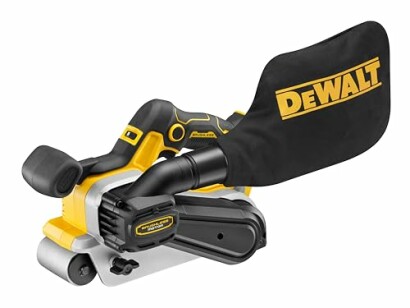
Comparing Corded vs. Cordless Sanders
Key Takeaways
- Corded sanders are typically more powerful and suitable for heavy-duty tasks.
- Cordless sanders provide greater flexibility and mobility for various projects.
- Choosing between corded and cordless depends greatly on your specific needs and work environment.
Choosing the right sander can significantly impact your woodworking or DIY projects. With two main options available, corded and cordless sanders, it’s important to understand their differences and advantages. This guide will provide a detailed comparison to help you make an informed decision.
Understanding Corded Sanders
Corded sanders are traditional tools powered directly from an electrical outlet, offering constant power for extended use. Here are some of the main benefits of using corded sanders:
- Powerful Performance: Corded sanders generally provide a more robust performance, making them ideal for heavy-duty tasks.
- Continuous Use: There are no battery limitations; you can use them as long as you need.
- Consistent Speed: They maintain consistent speed and power throughout the operation.
Benefits of Cordless Sanders
Cordless sanders have gained popularity due to their flexibility and ease of use. Here are reasons to consider a cordless sander:
- Flexibility: These sanders can be used anywhere without being tethered to an outlet.
- Portability: Lightweight and easy to carry, they are perfect for job sites and home use.
- Less Setup Time: Quickly grab and go without the hassle of cords getting in the way.
Comparison Table: Corded vs. Cordless Sanders
| Features | Corded Sanders | Cordless Sanders |
|---|---|---|
| Power Source | Electric outlet | Battery powered |
| Performance | Higher power | Variable power based on battery |
| Portability | Limited by cord length | Highly portable |
| Weight | Typically heavier | Generally lighter |
| Setup Time | Requires setup | Ready to use immediately |
Popular Cordless Sanders
Makita DBO180Z 18V Li-Ion LXT Sander
This cordless sander has three speed settings, providing versatility for different sanding tasks, with a hook and loop paper fastening system for convenience.
Learn MorePros and Cons of Corded Sanders
Pros
- Higher power and speed for heavy projects.
- No need to recharge; continuous use.
- Generally more durable over time.
Cons
- Limited mobility due to cords.
- Setup can be cumbersome in tight spaces.
- Heavier, making them less easy to handle.
Pros and Cons of Cordless Sanders
Pros
- Highly portable and easy to move around.
- Less setup time for immediate use.
- Ideal for outdoor projects and tighter spaces.
Cons
- Battery life can limit usage.
- May not provide the same consistent power as corded options.
- Generally higher upfront cost.
Another Recommended Product
DEWALT DCW220 18v XR Cordless Belt Sander
This machine offers high belt speed, making it a great choice for tougher tasks, further enhancing your finishing capabilities.
Learn MoreFinal Thoughts
Choosing the right sander depends largely on your specific needs and workflow. If you prioritize power and continuous use for heavy projects, a corded sander may suit you best. However, if flexibility and mobility are your main concerns, a cordless sander could be the better choice.
Related Resources
For more insights, check out our articles on cordless sanders, battery-powered sanders, and our detailed guides on buying guides for various power tools. We also have comparisons for other tools like impact drivers and cordless drills that might interest you!


